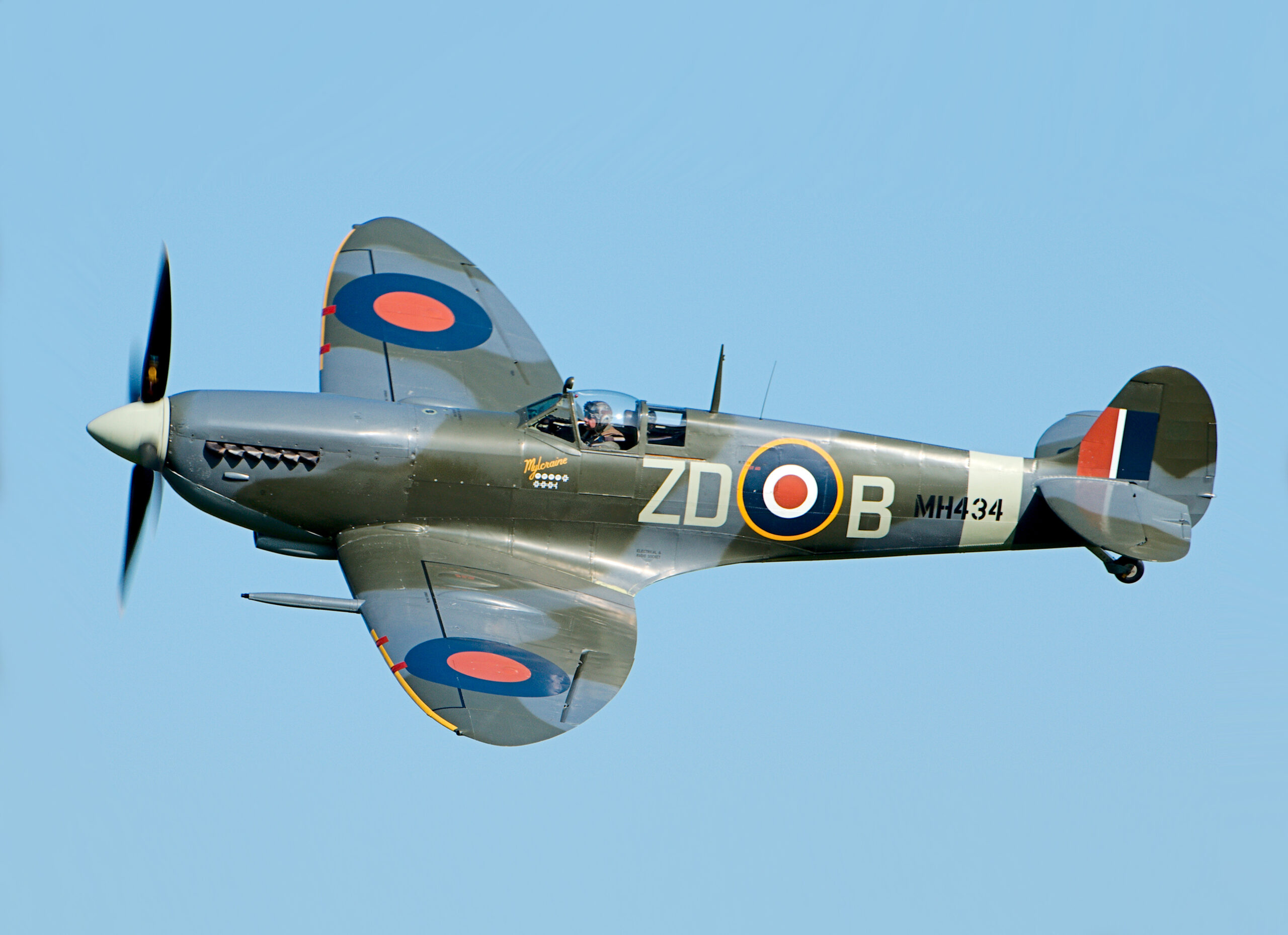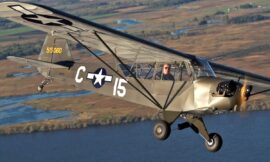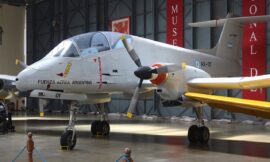The Supermarine Spitfire stands as one of the most iconic aircraft of World War II and one of the enduring symbols of British aviation excellence. Designed by Reginald Mitchell, chief designer at Supermarine Aviation Works, the Spitfire played a pivotal role in defending Britain during the Battle of Britain and went on to become one of the most versatile and successful fighter aircraft of the war. Its sleek design, outstanding performance, and legendary status have captured the imagination of aviation enthusiasts worldwide.
Origins and Development
The development of the Spitfire began in the mid-1930s in response to a British Air Ministry specification calling for a high-performance interceptor aircraft. Reginald Mitchell and his team at Supermarine worked tirelessly to create a cutting-edge design that would outperform existing aircraft. The result was a revolutionary aircraft featuring a sleek, streamlined fuselage, elliptical wings, and a powerful Rolls-Royce Merlin engine.
The prototype Spitfire made its maiden flight in March 1936 and immediately demonstrated its exceptional speed, agility, and maneuverability. Over the following years, the design underwent refinements and improvements, leading to the production of multiple variants optimized for different roles, including fighter, reconnaissance, and fighter-bomber.
Role in World War II
The Spitfire’s finest hour came during the Battle of Britain in 1940, when it played a crucial role in defending Britain against the Luftwaffe’s aerial onslaught. Piloted by brave Royal Air Force (RAF) pilots, the Spitfire engaged enemy fighters and bombers in fierce dogfights over the skies of southern England, helping to secure victory and prevent a German invasion.
The Spitfire’s outstanding performance, combined with the courage and skill of its pilots, earned it a legendary reputation as a symbol of British defiance and resilience. It became synonymous with the RAF’s valiant efforts to repel the Luftwaffe and became a source of inspiration for the British public during the darkest days of the war.
Design and Features
The Spitfire’s iconic elliptical wings were not only aesthetically pleasing but also provided excellent aerodynamic properties, resulting in superb handling characteristics and high maneuverability. Its powerful Rolls-Royce Merlin engine gave it impressive speed and climb rate, allowing it to outperform its adversaries in combat.
The aircraft was armed with a combination of machine guns and cannons, which varied depending on the variant. Early models were equipped with eight .303-inch Browning machine guns, while later variants featured additional 20mm cannons for increased firepower against enemy aircraft and ground targets.
Legacy and Impact
After the war, the Spitfire continued to serve in various roles with air forces around the world, including the RAF, where it remained in active service until the 1950s. It also became a popular choice for air racing and aerobatic displays, thanks to its agility and speed.
Today, the Spitfire holds a special place in the hearts of aviation enthusiasts and historians. Many examples of the aircraft have been preserved in museums and private collections, and a handful remain airworthy, delighting audiences at airshows and commemorative events.
The Spitfire’s legacy extends far beyond its wartime achievements. It represents the ingenuity, determination, and sacrifice of those who designed, built, and flew it. As a symbol of British courage and innovation, the Spitfire serves as a reminder of the crucial role aviation played in shaping the outcome of World War II and the course of history.



